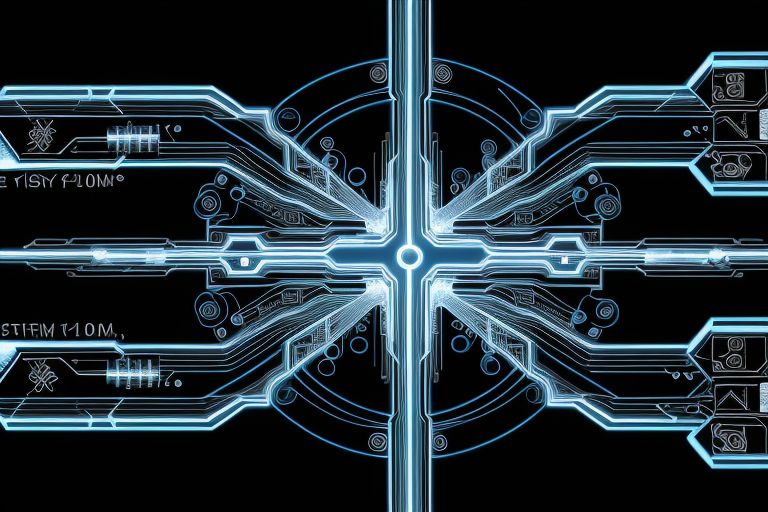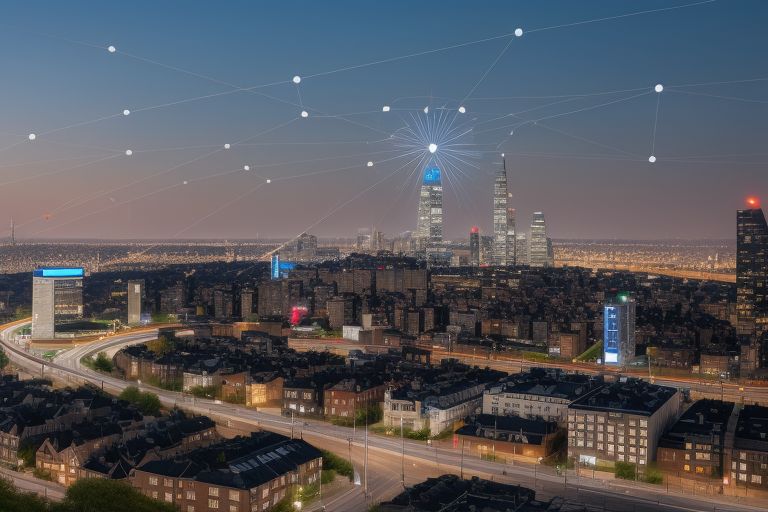Cyber-Physical Systems (CPS) represent a groundbreaking integration of the physical and digital worlds. They are engineered systems that bridge the gap between computational (digital) and physical components, allowing for the creation, analysis, and control of complex systems. This integration enables CPS to interact with the physical world in real-time, making decisions based on data from sensors and then acting on these decisions through actuators in the physical space.
Key Features of CPS
- Interconnectivity: CPS involves the seamless integration of hardware and software components. Devices in these systems are often connected via the Internet of Things (IoT), allowing for communication not only within the system but also with external networks.
- Real-time Data Processing: CPS must process data in real-time to respond promptly to changing physical conditions. This requires advanced computational models and algorithms that can analyze and interpret vast amounts of data quickly.
- Autonomy: Many CPS operate with a high degree of autonomy. They can make decisions and carry out actions without human intervention, based on predefined rules and machine learning algorithms.
- Adaptability: These systems are designed to be adaptable, capable of adjusting their operations in response to environmental changes or new data.
Applications of CPS
- Smart Grids: In energy management, smart grids use CPS to balance the supply and demand of electricity, integrate renewable energy sources, and improve the efficiency and reliability of electrical distribution.
- Autonomous Vehicles: Self-driving cars are a prime example of CPS, combining sensors (to understand the vehicle’s surroundings), actuators (to control the vehicle), and software (to make driving decisions) in real-time.
- Healthcare: In the healthcare sector, CPS can monitor patients’ vital signs in real-time, providing timely data to healthcare providers and even autonomously adjusting medical devices to the patient’s needs.
- Manufacturing: Smart factories leverage CPS to optimize production processes, improve safety, and reduce operational costs. These systems can predict equipment failures before they occur and adjust the production schedule dynamically based on supply chain data.
Challenges and Future Directions
While the potential of CPS is immense, integrating physical and digital components also presents significant challenges:
- Security: As these systems often interact with critical infrastructure, ensuring their security against cyber-attacks is paramount.
- Privacy: The vast amount of data collected and processed by CPS raises privacy concerns, necessitating robust data protection measures.
- Complexity: The design, implementation, and maintenance of CPS involve complex integration of diverse technologies, requiring multidisciplinary expertise.
- Interoperability: With the wide variety of devices and protocols used, ensuring seamless interoperability among components is a challenge.
The future of CPS is likely to be shaped by advancements in artificial intelligence, machine learning, and data analytics, further enhancing their autonomy and efficiency. Additionally, as 5G technology matures, the increased network speed and capacity will enable more sophisticated and responsive CPS applications, driving further integration of the physical and digital worlds.



